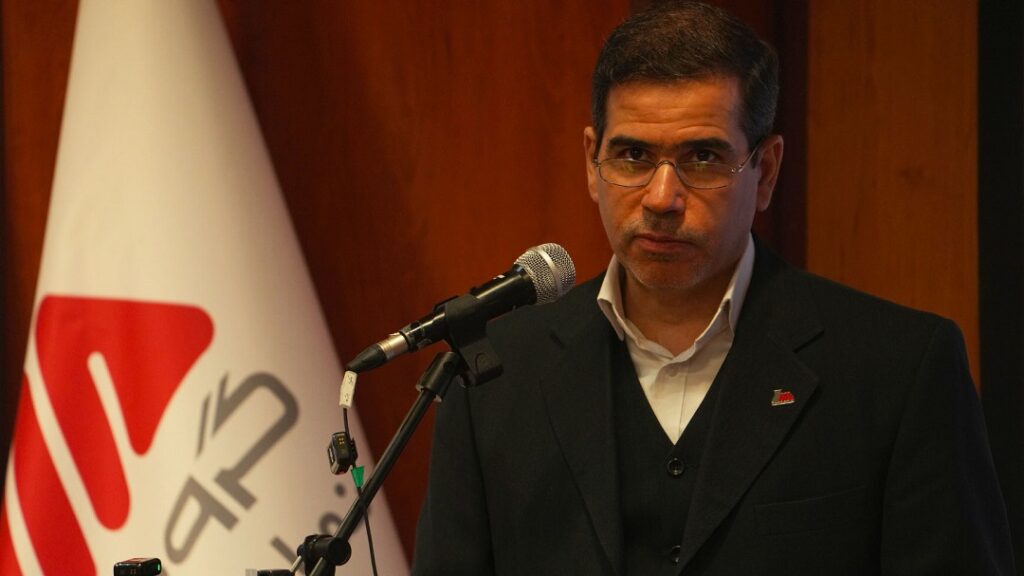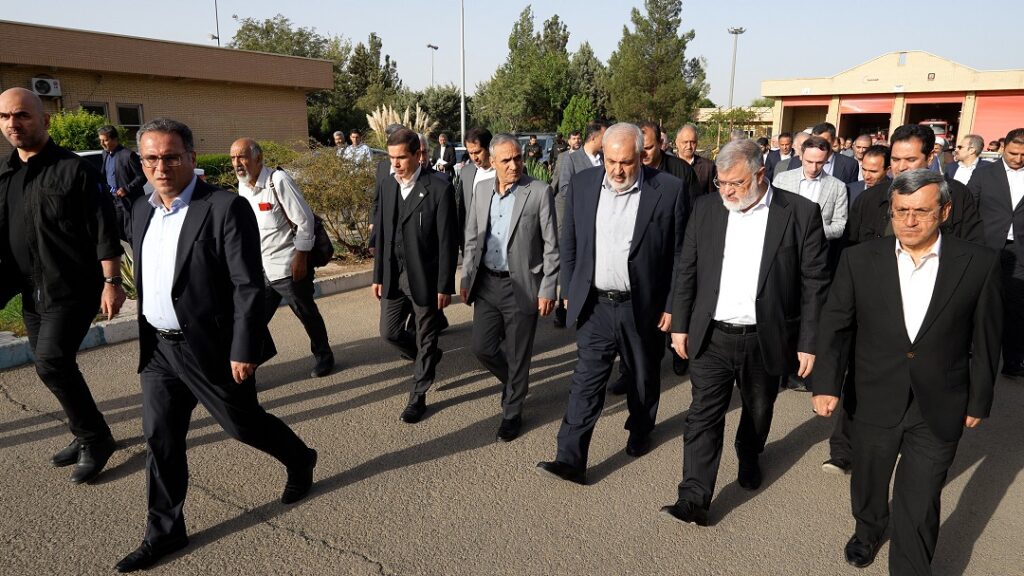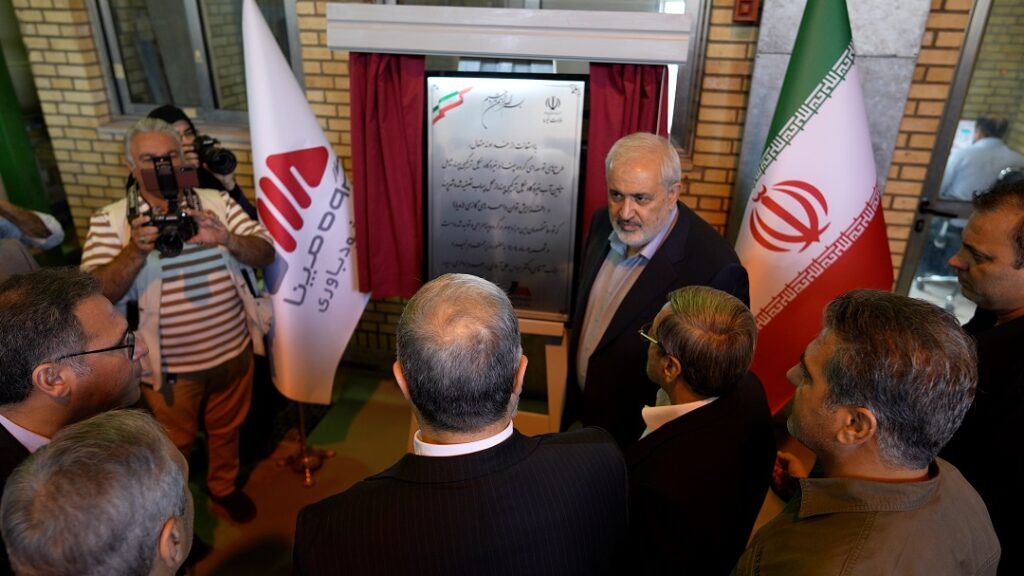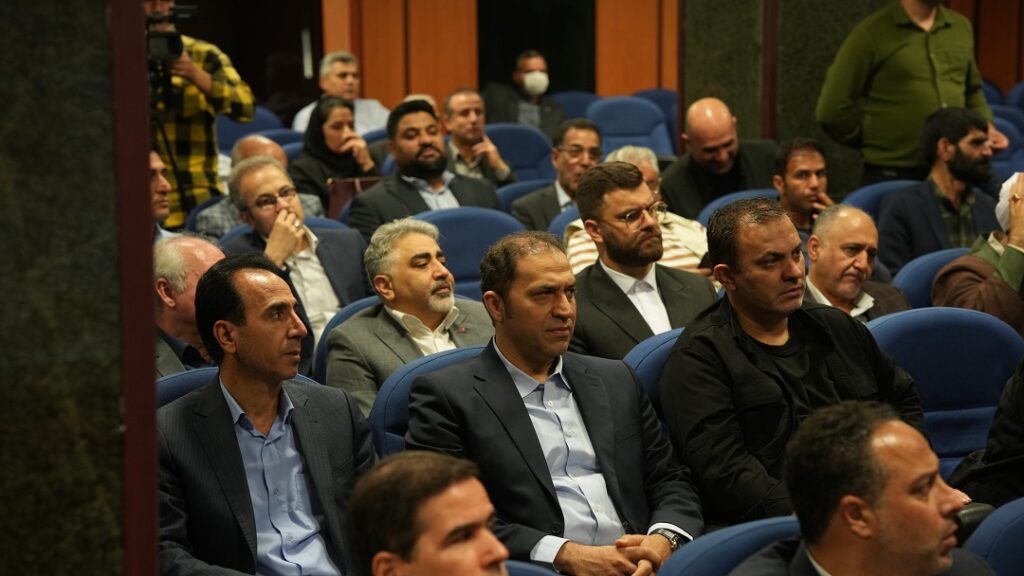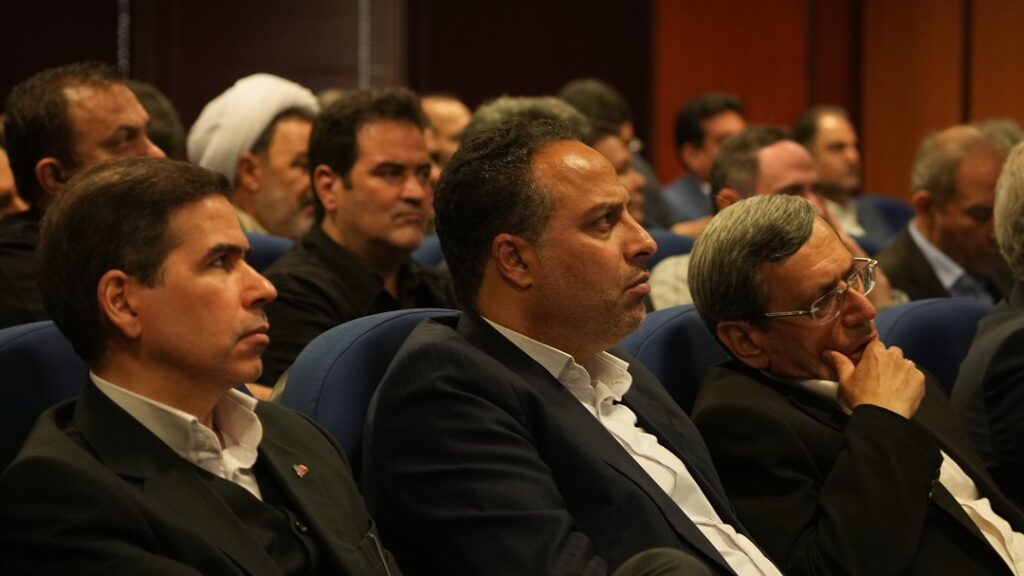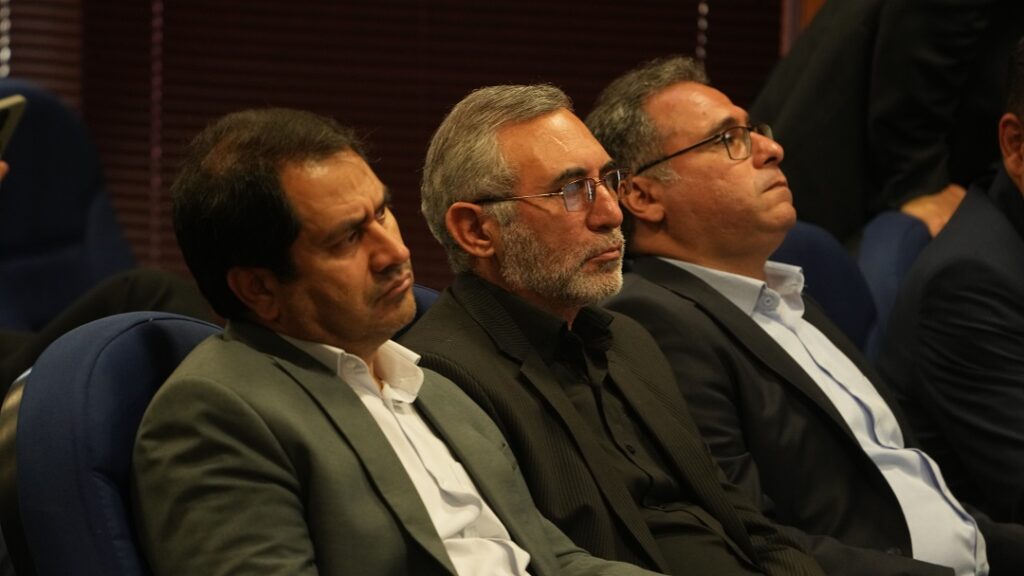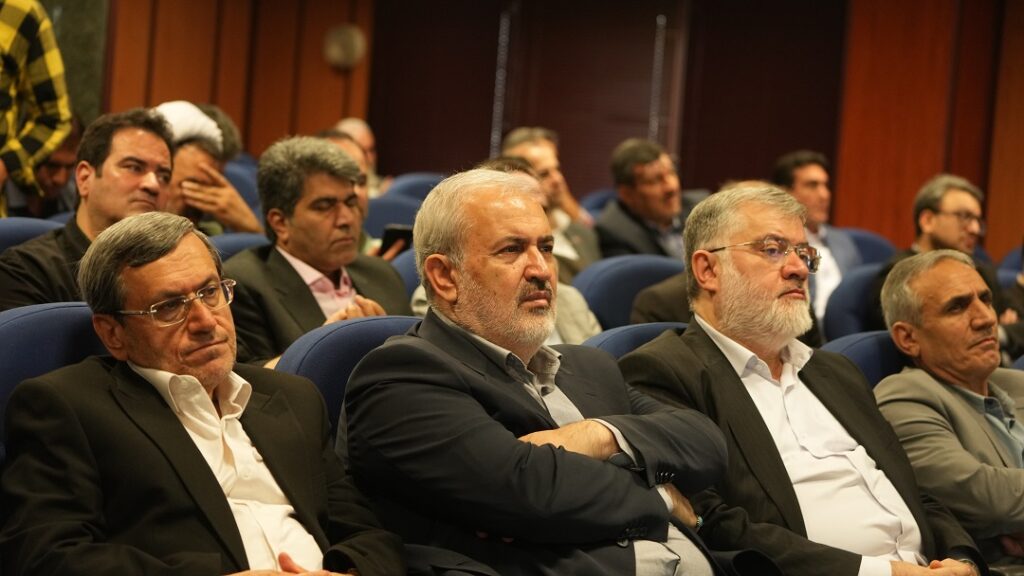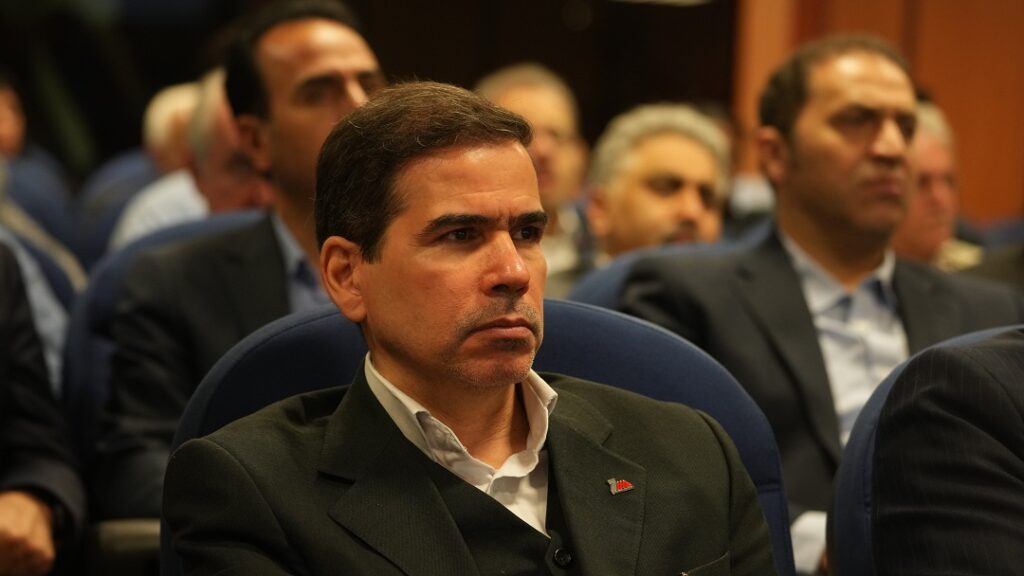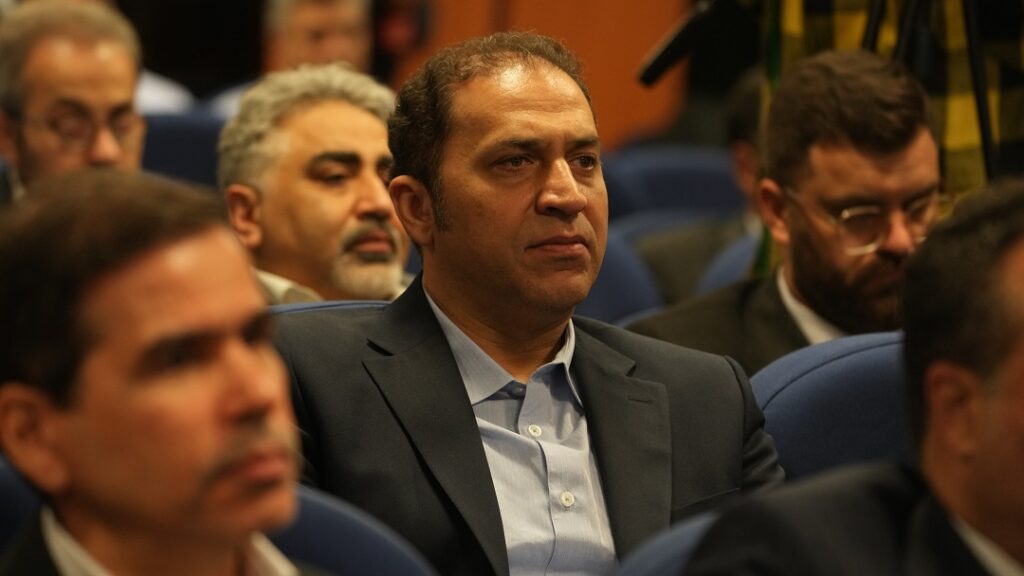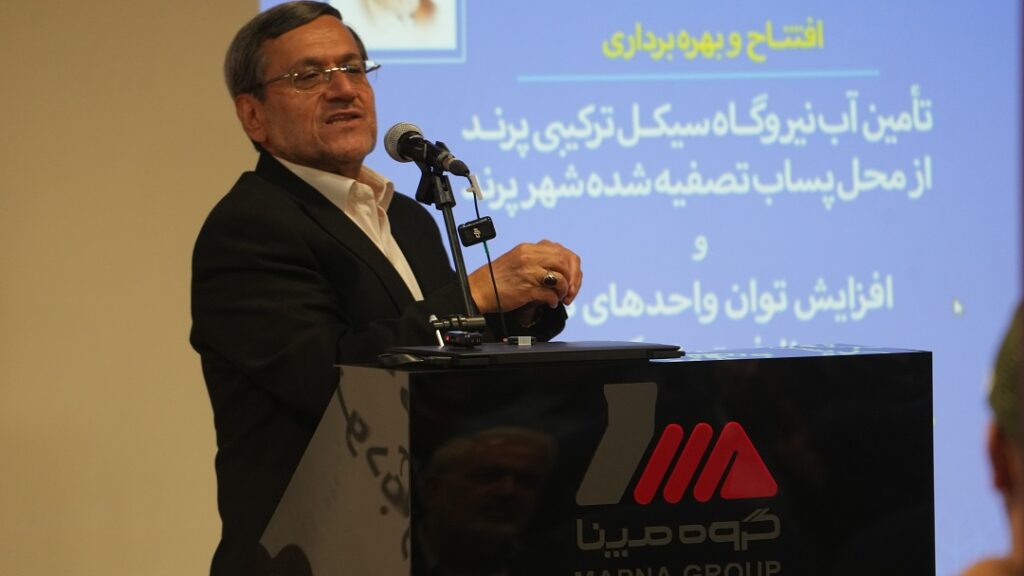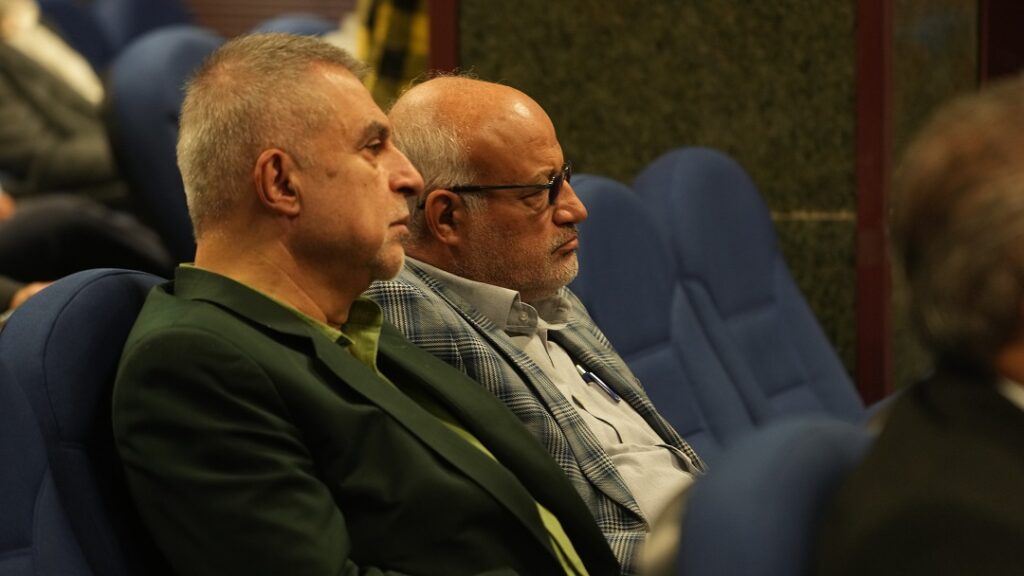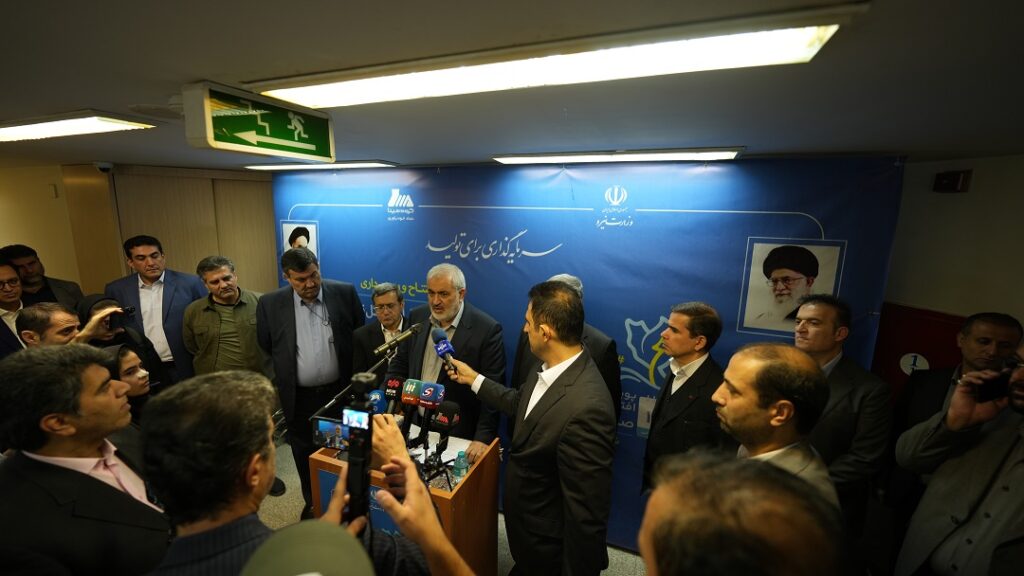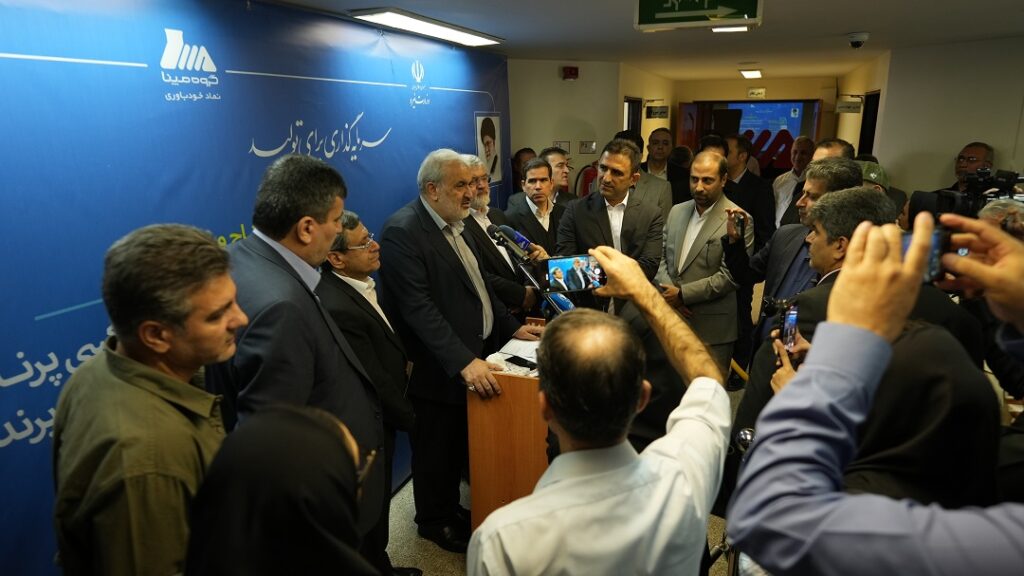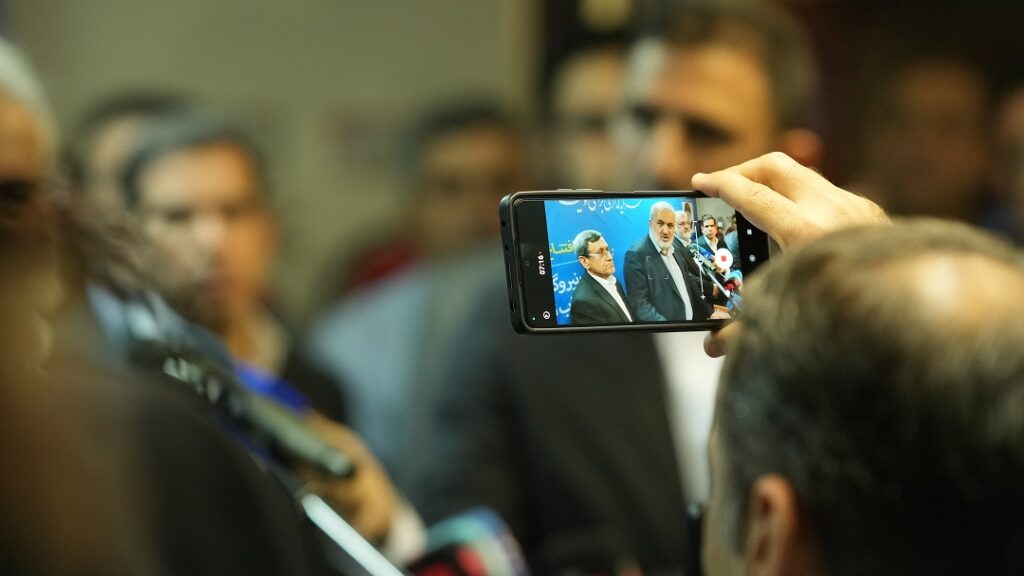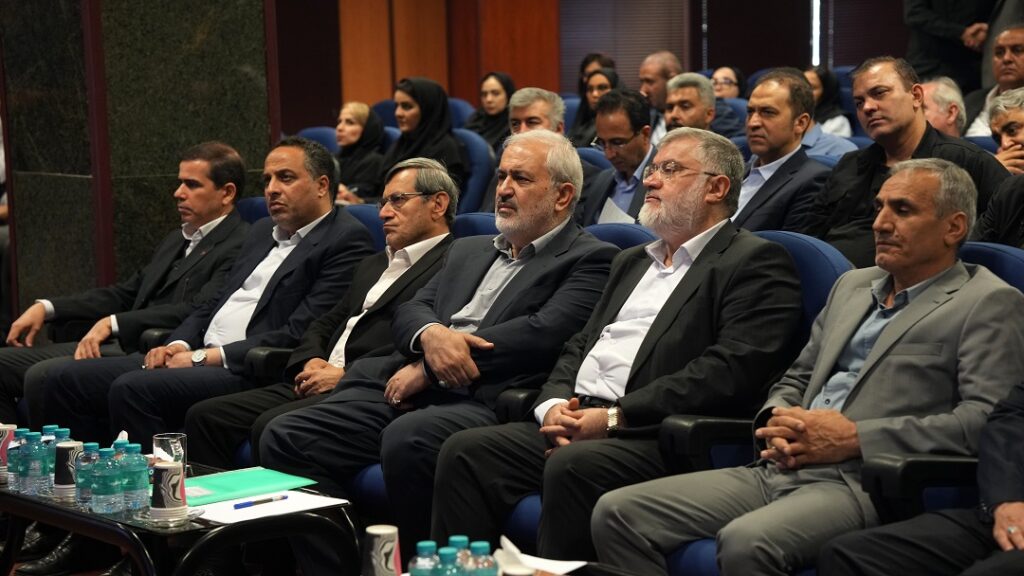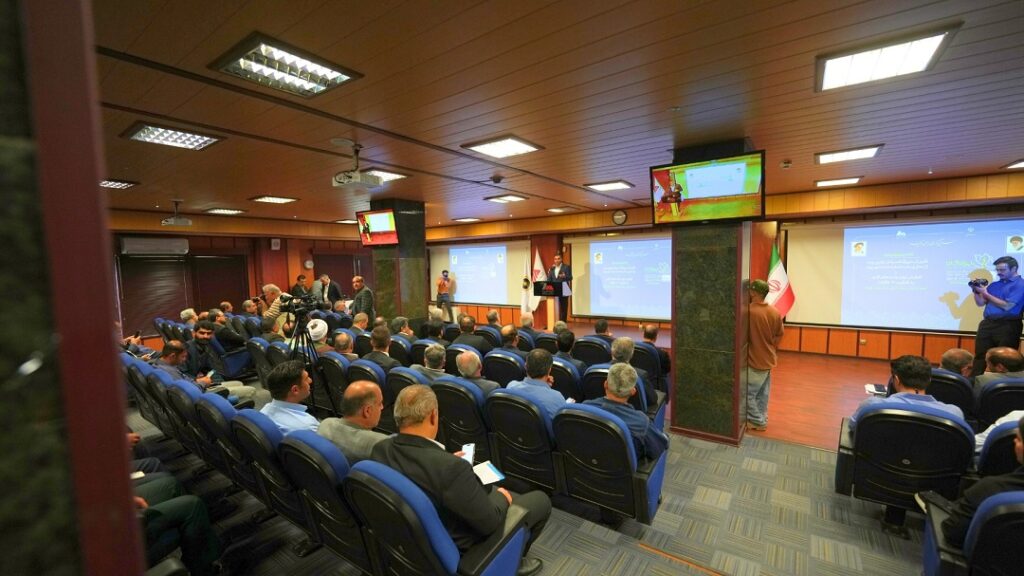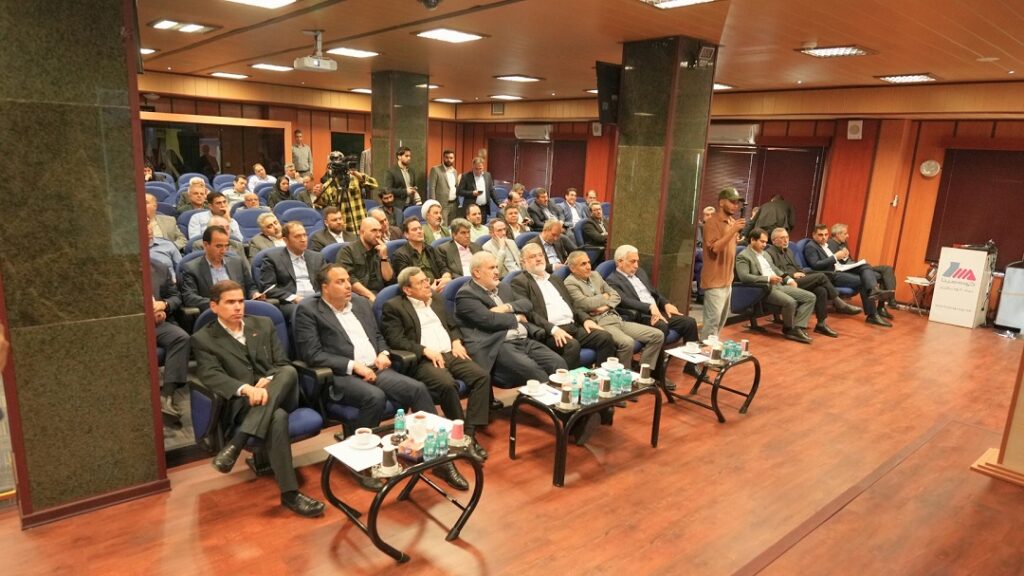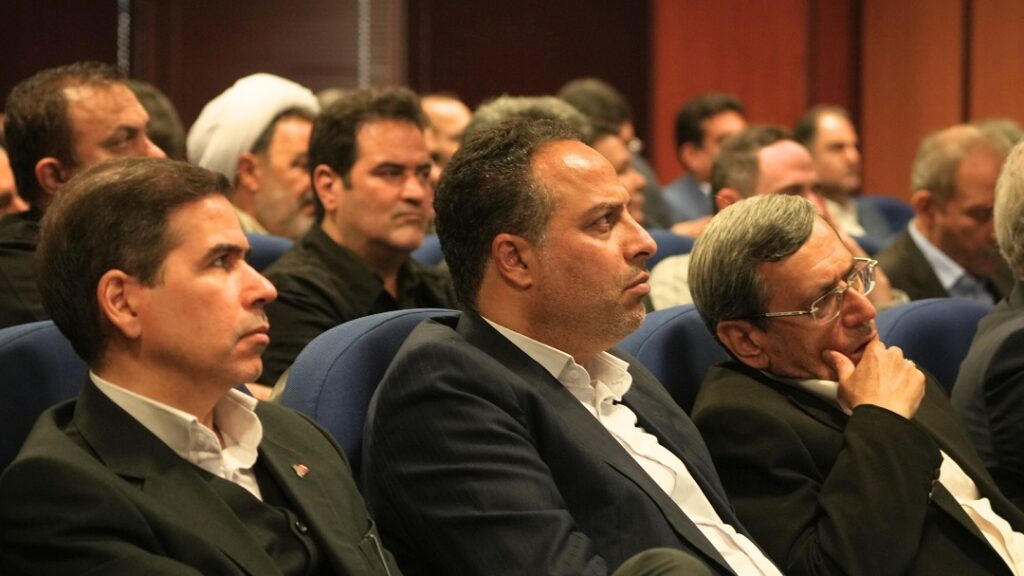The projects were officially launched on September 16, 2025, in the presence of officials and MAPNA Group managers.
Upgrades add 350 MW to national grid: Owliya
Addressing the event, MAPNA Group President Mohammad Owliya framed Parand as one of MAPNA’s flagship sites for piloting advanced, water-saving, and power-boosting technologies.
He described the two projects inaugurated that day — the Media inlet-air cooling retrofit across Parand’s gas units (which raised practical summer peak output by about 90 MW) and the long-term treated-wastewater supply and on-site tertiary treatment — as part of MAPNA’s dual strategy to increase summer capacity and sharply reduce reliance on potable water for plant operations.
Owliya reiterated that Parand’s upgrades build on previous modernization work (MAP2B / MAP2C turbine upgrades and other MAPNA-led retrofits) and form a demonstrator for rolling similar measures out to other plants across the country.
Owliya also gave a progress rundown: MAPNA has used Parand as a pilot for a range of turbine and performance upgrades (MAP2B / MAP2C and T-90 programs), and the company is pursuing capacity increases at multiple plants — including planned and ongoing work at Ferdowsi (Mashhad), Rashed (Torbat Heydarieh) and Sanandaj — so that aggregated, low-cost uprates delivered quickly (Media inlet-air cooling, turbine upgrades, wet compression) will add substantial peaking capacity nationwide with relatively low capital outlay.
He said the combined set of uprates and projects being executed — the Media upgrades, wet-compression units and other measures across several sites — will yield at least 350 MW of additional nominal capacity to date.
Owliya also outlined the Parand-specific water-management plan: a 25-year arrangement to use the city’s treated wastewater for the plant’s non-potable needs, plus construction of a pumping station, a 7-km transfer line, storage and a supplementary treatment unit on site — investments he said were driven by circular-economy policy and the need to preserve groundwater and potable supplies for households.
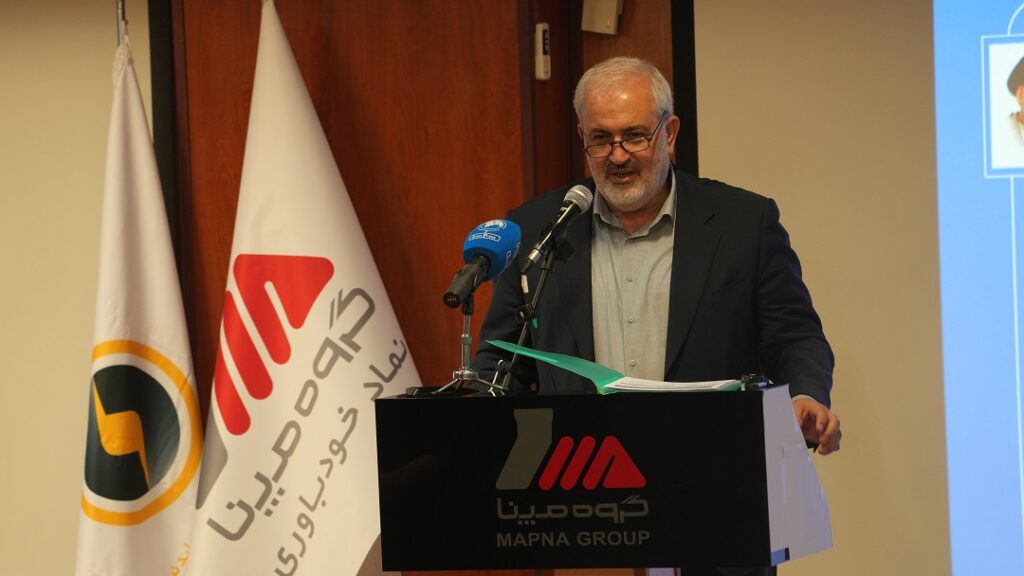
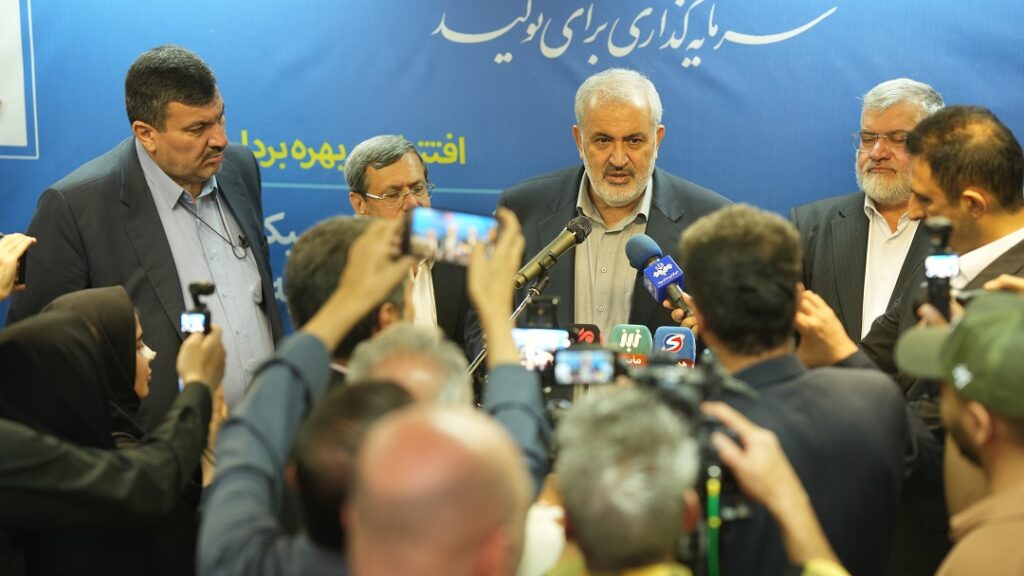
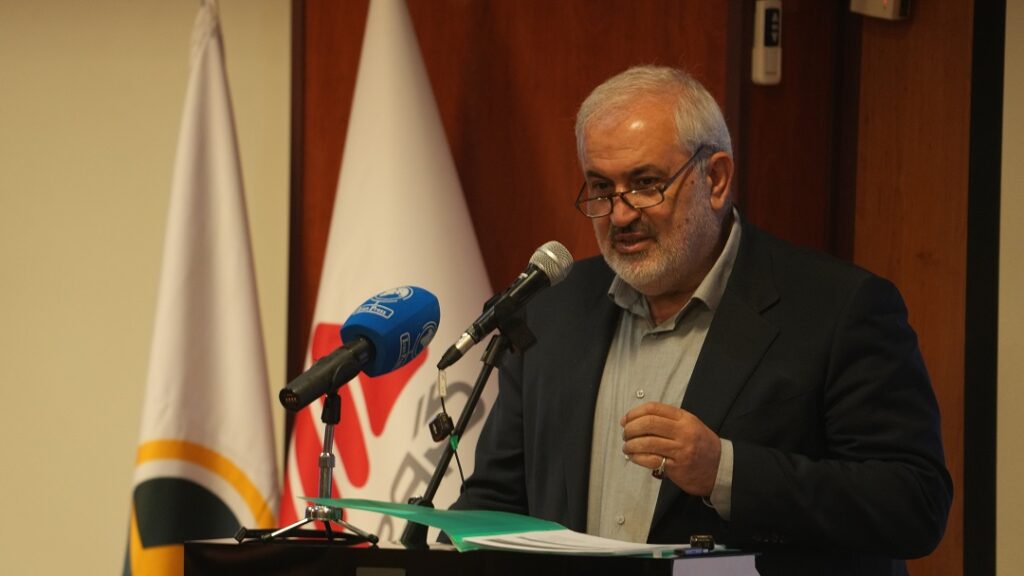
Minister hails project
During the ceremony, Minister of Energy Abbas Aliabadi said that “Parand Power Plant is a symbol of all knowledge-based achievements, and almost every innovative project pursued in the electricity industry has been implemented at this plant.”
He noted that, for the first time, water consumption at Parand has been reduced. The plant, he recalled, was initially built by the government and later transferred to MAPNA as part of state liabilities. MAPNA then upgraded the equipment and converted it into a combined-cycle facility.
Aliabadi also pointed out that the first project fund financed through public investment was established for this plant.
Referring to achievements such as shorter maintenance times and improved operations, the minister stressed that “this power plant will hold a special place in the history of Iran’s electricity industry.”
Speaking on the sidelines of the inauguration, Aliabadi told reporters that the project is among the “cheapest and fastest methods of increasing capacity in power plants.”
He explained that the initiative has added 90 MW to Parand’s generation capacity. In metropolitan areas such as Tehran, he said, if simultaneity factors are not considered, this 90-MW addition can cover the essential demand of 90,000 families, making a significant contribution to grid stability during peak summer consumption.
Aliabadi also underlined the use of municipal wastewater for turbine cooling, saying that water is a valuable commodity and that in this project, treated wastewater from the city of Parand is used instead of drinking water.
He emphasized that, under the law, industries must rely on wastewater to meet their needs, and power plants, as industrial units, are no exception.
He further explained that gas turbines are mass-produced for standard ISO conditions. In hot and dry regions where actual conditions differ from ISO standards, high temperatures reduce output capacity. In this context, the inlet air cooling system functions like an evaporative cooler by lowering the temperature of air entering the turbine, thereby improving efficiency. As a result, water consumption at Parand has been minimized, with treated wastewater used for this purpose.
Turning to broader ministry plans, the minister said efforts are underway to resolve energy imbalances. On average, 100 MW of solar power is added to the grid each week, and the goal is to double that to 200 MW per week. He said the target is to raise renewable capacity to over 7,000 MW by the end of the year (March 2026).
Aliabadi added that many distributed generation and solar projects are under construction in Tehran Province, and with the cooperation of governors and members of parliament, large-scale power plants are also being planned. Through these efforts, he expressed hope that “next year will be a better year for the electricity industry.”
Discussing the country’s water situation, Aliabadi reminded that Iran lies in an arid and semi-arid region and has just come to the end of a five-year drought. Forecasts for the coming water year are not promising, he said, and in such circumstances public cooperation is needed to manage consumption.
He identified the ministry’s main program as consumption management through water- and energy-saving equipment, noting that such devices will be offered to households in installments. He urged citizens to take the drought seriously and adopt water-saving technologies.
The minister also emphasized the necessity of water recycling, stating that fresh water should not be used for irrigating green spaces, and agriculture must follow standards and modern methods to help the country overcome this difficult period without severe damage.
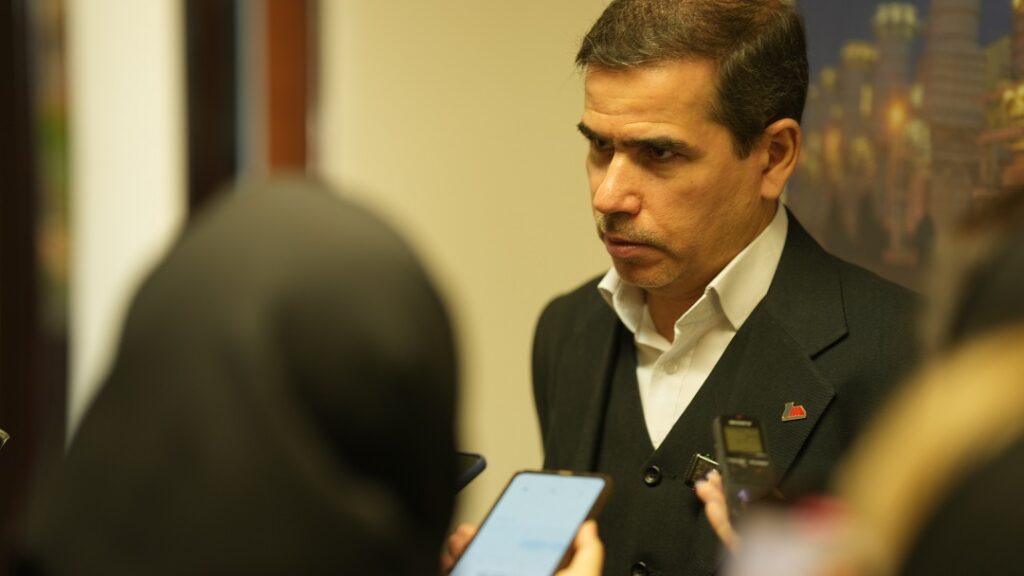
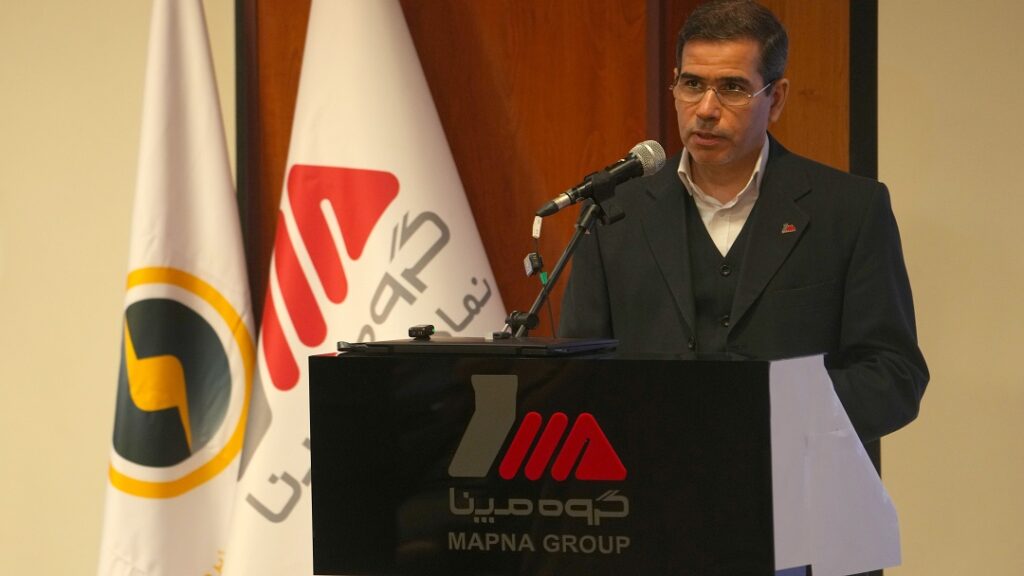
Governor Highlights Push for Renewables
Addressing the ceremony, Governor Mohammad-Sadeq Motamedian congratulated the Ministry and MAPNA for avoiding widespread outages in Tehran despite a year of supply tightness.
He emphasized provincial and national measures to both increase generation and diversify supply — pointing to roughly 10,000 MW of renewable project permits already issued for the country (with more than 1,000 MW in execution and an additional ~2,000 MW about to start construction) — and he welcomed MAPNA’s Parand measures as part of a package that, together with small thermal and distributed generation projects, will improve the capital’s energy security.
Motamedian stressed coordination with the Ministries of Energy and Oil and local parliamentarians to fast-track projects that shore up the grid and reduce vulnerability at peak times.

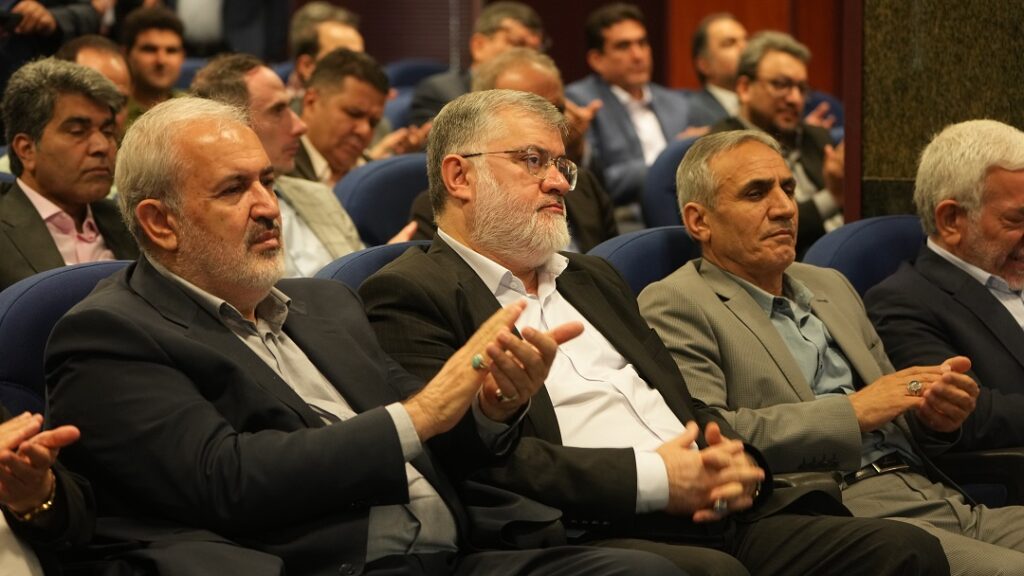
Water Reuse at Parand Saves 50,000 m3 Annually: CEO
Meysam Nasr, CEO of MAPNA Parand Power Generation Company, provided the ceremony’s most technical briefing.
He reviewed Parand’s evolution: the gas section began operations with six V94.2 units (initial gas capacity ~954 MW) and, through staged upgrades (MAP2B/MAP2C conversions and combined-cycle completion), the plant’s combined-cycle output has been raised toward 1,580 MW.
Nasr explained that Parand’s strategic value stems from its proximity to Tehran, its high operational readiness and the fact that it has long served as a pilot site for MAPNA’s turbine-upgrade programs.
Nasr detailed the water-reuse and cooling projects: using Parand city’s treated wastewater (MAPNA’s share is about ~1,700 m³/day under a long-term, 25-year arrangement), plus an on-site supplementary treatment train and storage, reduces potable-water withdrawals by a large margin.
He said the inlet-air cooling retrofit — implemented across six gas units — and the wastewater supply have cut the plant’s potable-water consumption to its practical minimum while increasing summer peak output; Nasr put annual potable-water savings at over 50,000 m³. Nasr further explained that the uprate program at Parand is one part of a broader MAPNA program that includes Media inlet-air cooling on multiple sites and other capacity-increase measures — a set of interventions that can be delivered quickly to help close summer deficits.
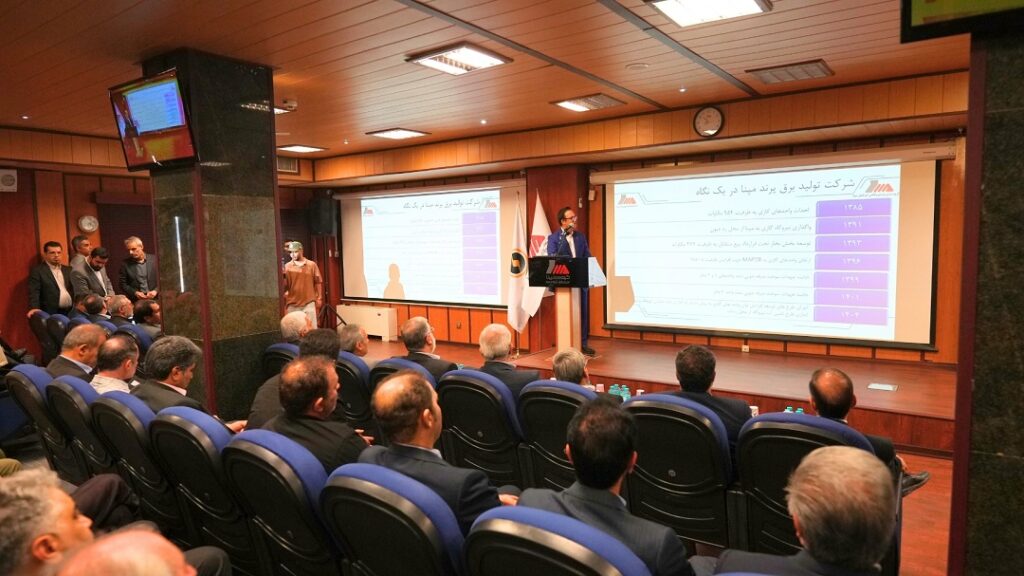
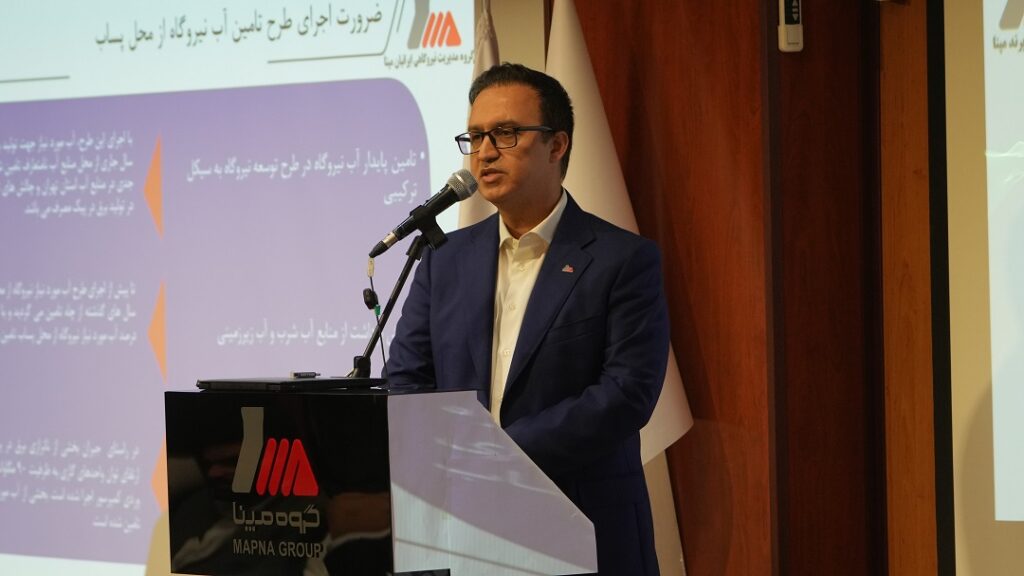
Wastewater treatment key to going through prolonged drought: Official
Mohsen Ardakani, managing director of Tehran Province Water & Wastewater Company (Abfa-Tehran), was the last speaker who described the wastewater supply to Parand as an example of rethinking water as a resource.
He noted that the plant will receive about 20 liters per second of treated wastewater that previously would have been discharged; additional wastewater lines are planned to serve other power plants.
He outlined Tehran province’s wastewater picture (annual treated wastewater production in the hundreds of millions of cubic meters) and the expansion of treatment capacity this year (reporting the addition of some 131 million m³ of wastewater treatment capacity across the province and noting that 10 treatment plants will come online).
Ardakani emphasized that recycling wastewater to industry and green spaces reduces pressure on drinking-water and groundwater resources at a time of prolonged drought.

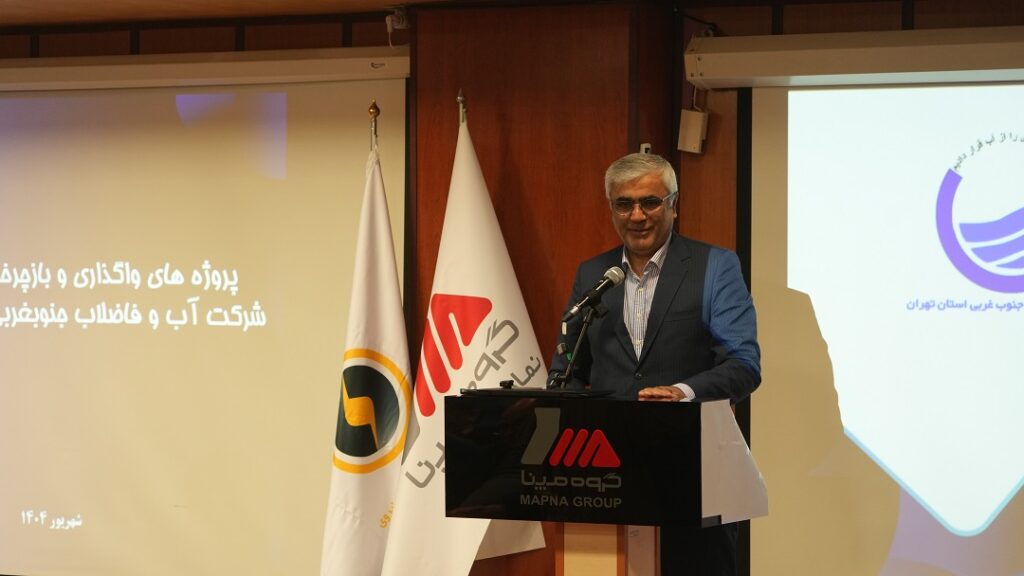
Project specifications, benefits
With the launch of this project, the plant now produces industrial water while also meeting its own landscaping needs. Part of the water required for the new inlet-air cooling system is also supplied, helping ease electricity shortages during peak summer demand.
The project includes a wastewater pumping station with a capacity of 150 cubic meters per hour at Parand’s treatment facility, a 7-kilometer transmission line to the power plant, and storage tanks with a total capacity of 2,000 cubic meters.
It also features a supplementary treatment unit producing 30 cubic meters of industrial water per hour, and a dedicated irrigation system with a capacity of 42 cubic meters per hour. Together, these systems make it possible to supply the Parand Combined-Cycle Power Plant directly from Parand’s municipal treatment facility.
The Parand plant, located 30 kilometers southwest of Tehran on the Tehran–Saveh highway, is one of the largest combined-cycle power stations in the country. With a final capacity of 1,500 MW, it consists of six gas units and three steam units.
